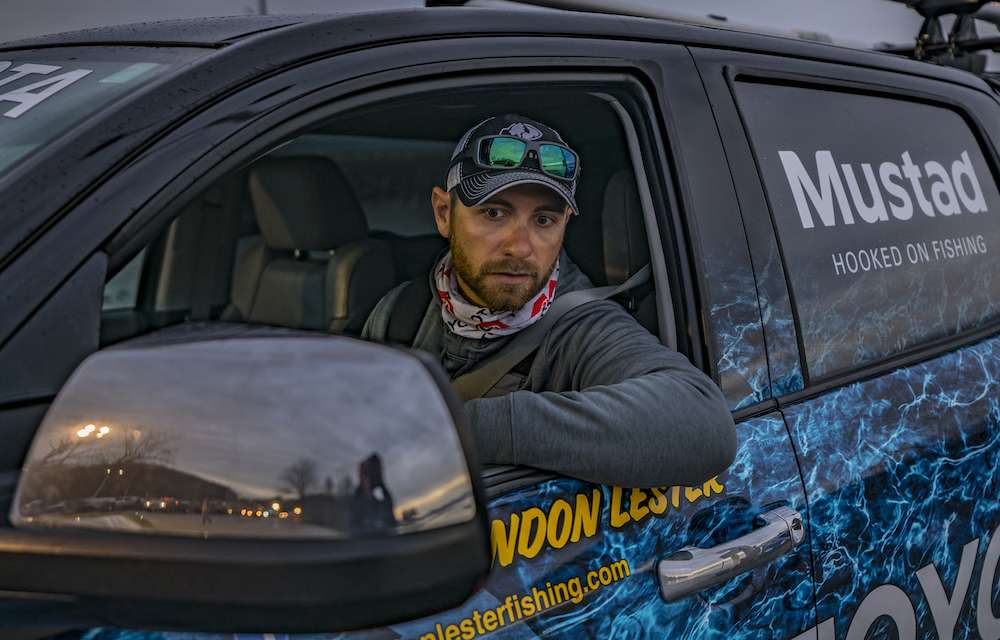
It’s great to have a fishing buddy, but sometimes a little “alone time” on the water is time well spent. Yet, boating alone can also bring challenges. For example, loading a bass boat onto the trailer by yourself can be difficult.
Bassmaster Elite Series angler and Mercury Pro Team member Brandon Lester of Fayetteville, Tenn., understands the challenges.
“Our Bassmaster tournament rules preclude us from having someone else in the boat during our three days of official practice,” Lester said. “So that means I launch alone in the morning and trailer the boat in the evening – alone. After a long day on the water, I’m looking to get my boat on the trailer as efficiently as possible.”
Lester, 32, fishes from a Phoenix Boats 920 Pro XP powered by a Mercury 250hp Pro XS outboard. During a career in which he’s entered nearly 100 Bassmaster tournaments, Lester has probably loaded his boat thousands of times. He has a few essential tips to make the solo loading process a little easier.
“My biggest piece of trailer-loading advice, based on my experience and watching people at boat ramps, is to back the trailer in the water to the proper level,” said the five-time Bassmaster Classic qualifier. “Boat trailer bunks are designed to center the boat on the trailer. If the trailer is too far in the water the boat hull will get out of alignment, the back end will swing around and the keel of the boat can run up onto the trailer fenders, causing damage.
“Conversely, if the trailer is not far enough in the water, the boat won’t be able to get completely up to the trailer winch easily.”
Lester follows a straightforward rule to position the trailer properly in the water.
“I back those (center) bunks in to where they are sticking out of the water about halfway,” he said. “Once I’m back in the boat, I idle onto the trailer under control. I don’t give the motor a bunch of gas. I just want to guide it up onto the bunks. The boat will center itself on the trailer and should be within a few feet of the trailer winch.
“Then I let the boat settle a second to make sure it is straight on the bunks. Then I push the boat up on the trailer with steady power from the motor.* My four-stroke Mercury has plenty of power to push my boat right up on there.
“Then I fasten the winch clip to the boat’s towing eye and make sure to crank the winch down tight. Depending on the ramp height and the type of motor on the boat, it might be necessary to raise the motor so it doesn’t scrape the ramp when exiting the water.”
Lester has a post-retrieval routine as well.
“Once I’ve pulled off the ramp and parked, I pull the drain plug and empty the livewells. I fasten the boat buckles on the trailer and then brace the motor. I make sure the trailer lights are all working properly and everything is either stored or tightened down inside the boat, and I’m ready to go.”
Before driving away, be sure to also check the boat and trailer for any weeds to avoid spreading invasive species.
Pro tip
Lester simplifies the boat loading and unloading process with a Trick Step marine trailer step from Mark Peiser Manufacturing. The three- or four-step device attaches to the boat trailer and makes it much easier to climb in and out of the boat at the ramp or in the garage.
For more guidance on trailering a boat alone, check out the Mercury Dockline video of Brandon Lester loading his boat after a day on the water.
*Power loading – using the engine to load or unload a boat on or off a trailer – can damage launch ramps and is illegal in some states. Please be sure to review local laws and regulations.




